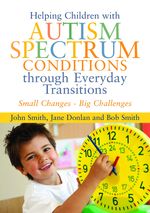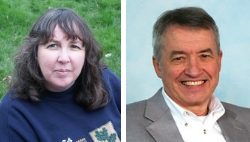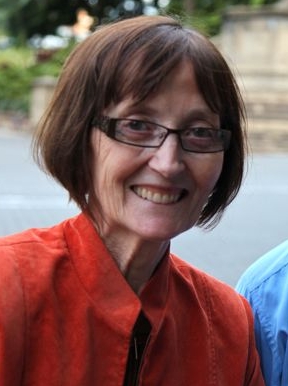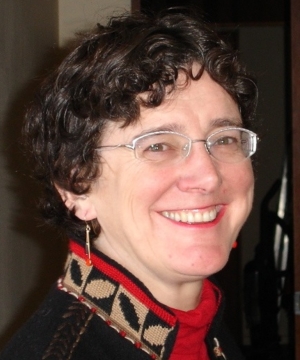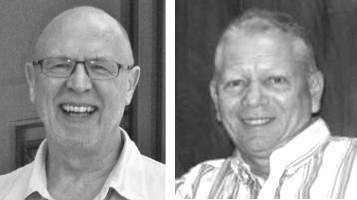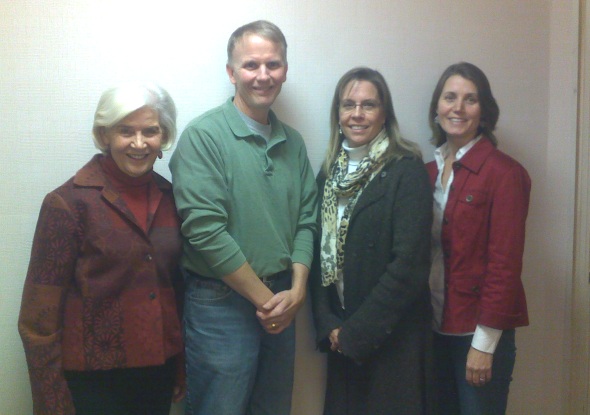Home-grown strategies for dealing with everyday transitions – An Interview with Jane Donlan & Bob Smith
“When we were creating our Reward Plan we decided that it had to be 100% focused on the positive… [W]e were well aware of the negative impact our son’s out-bursts were having on his self-esteem, and we certainly didn’t want to add to that! And so our Reward Plan was born, and I am not exaggerating when I say that it was almost an over-night success.”
